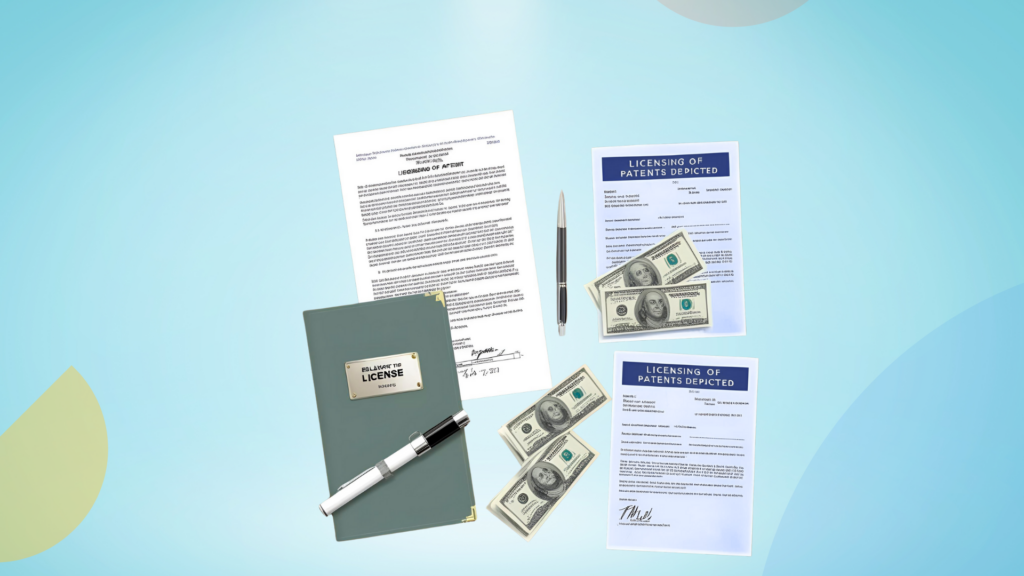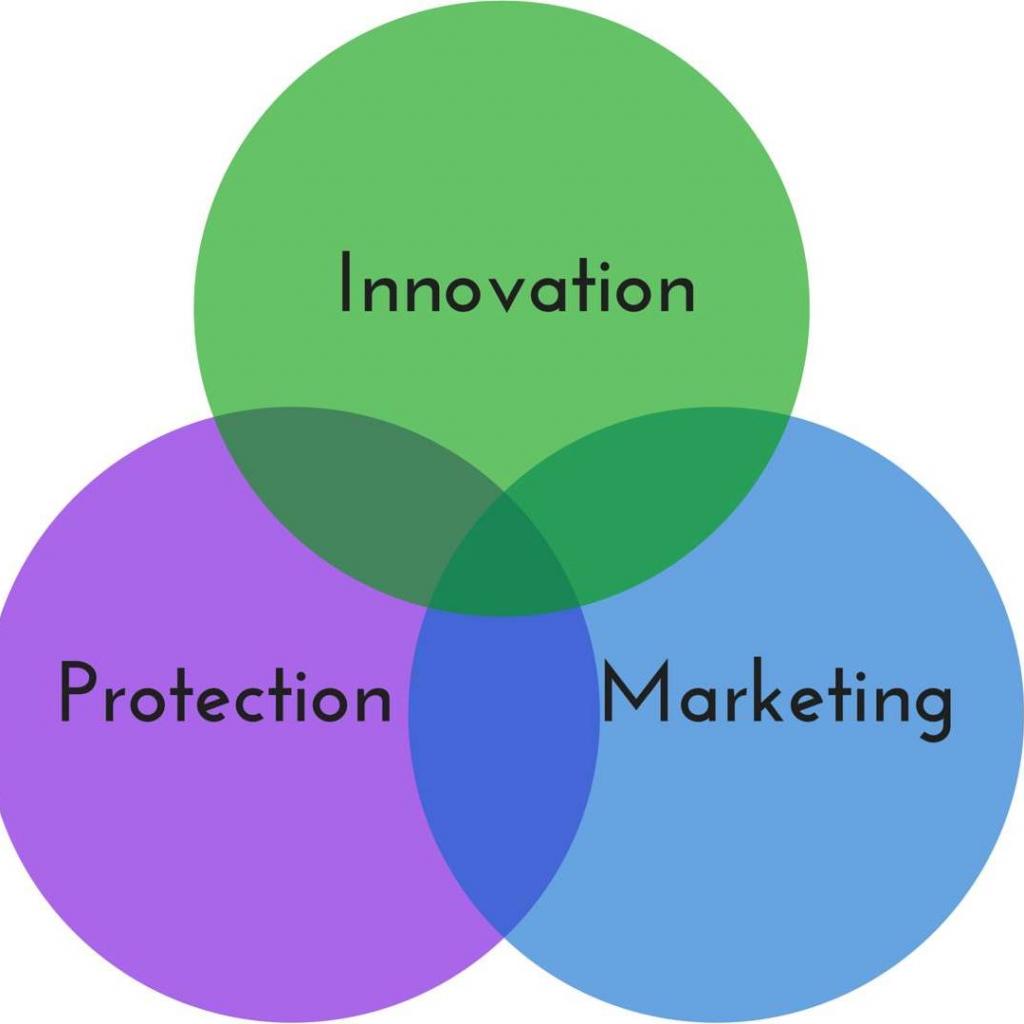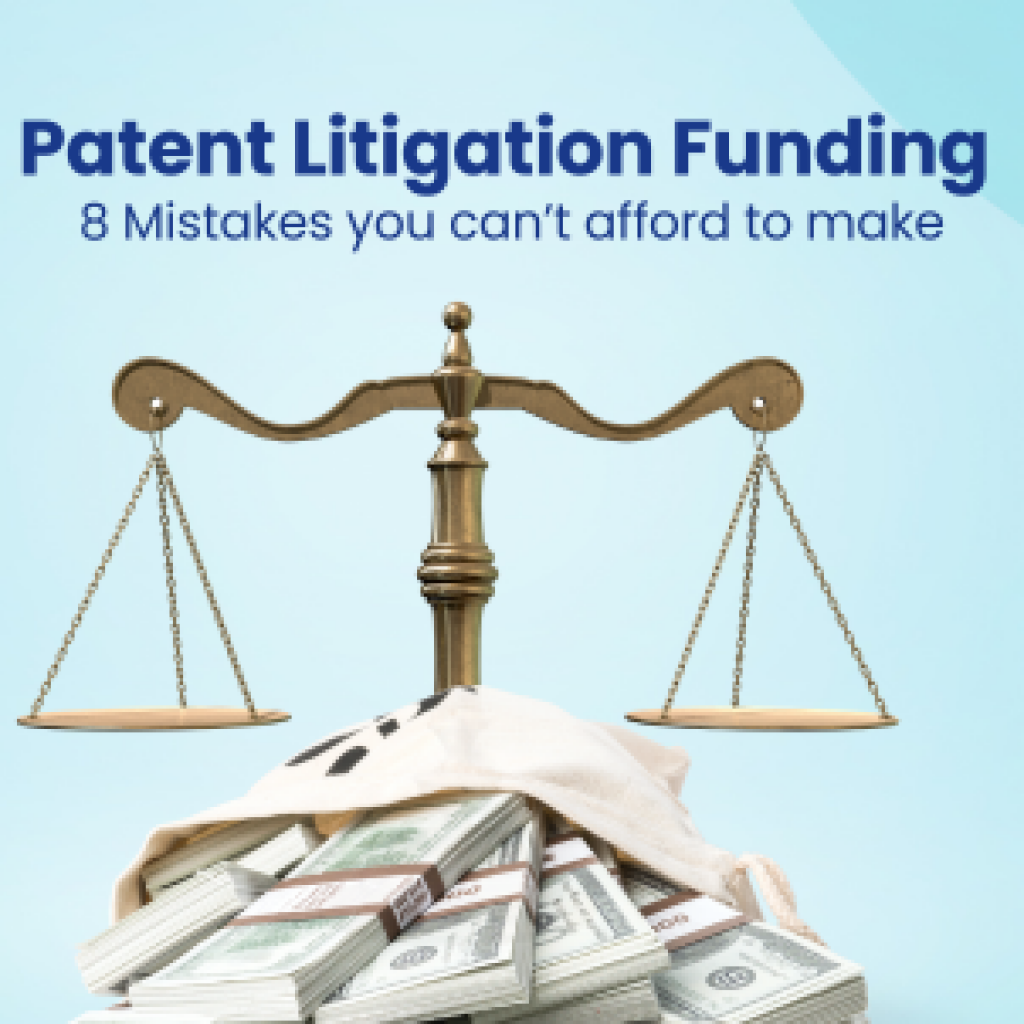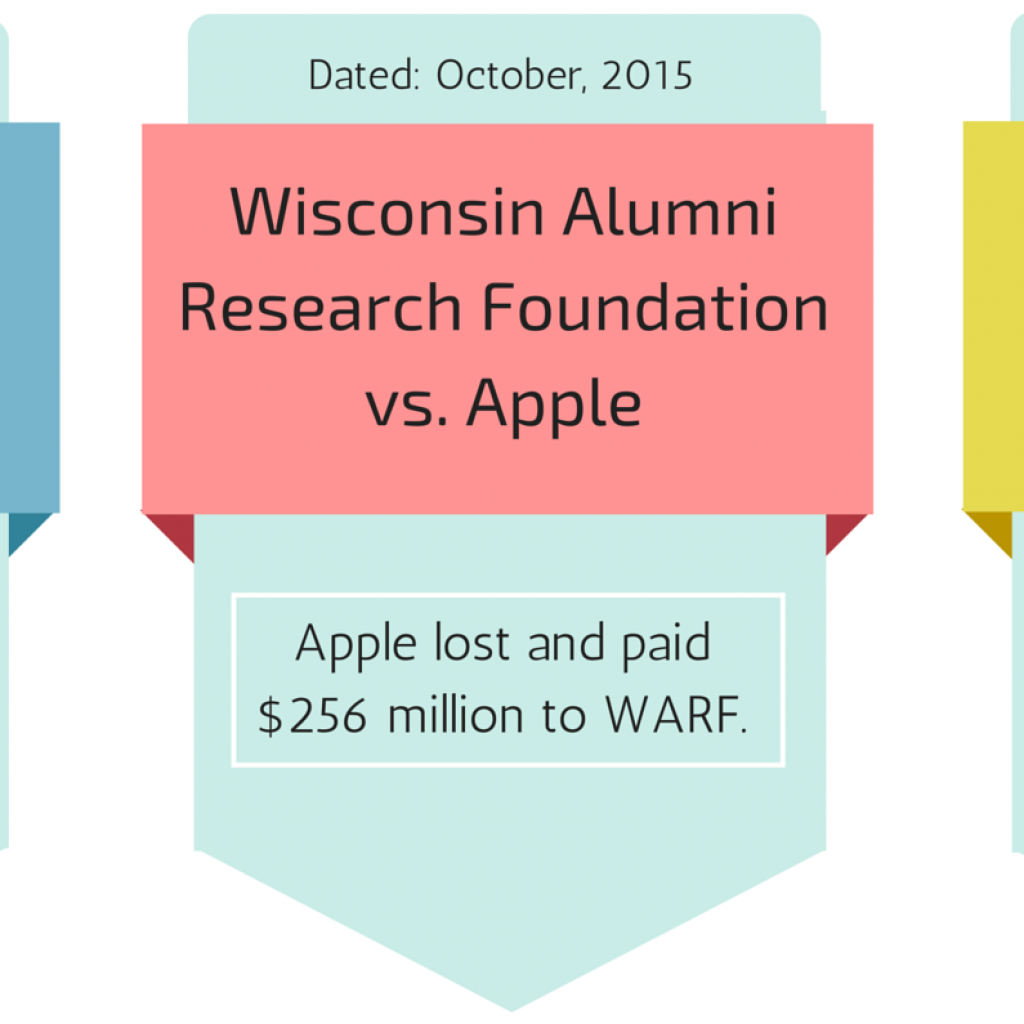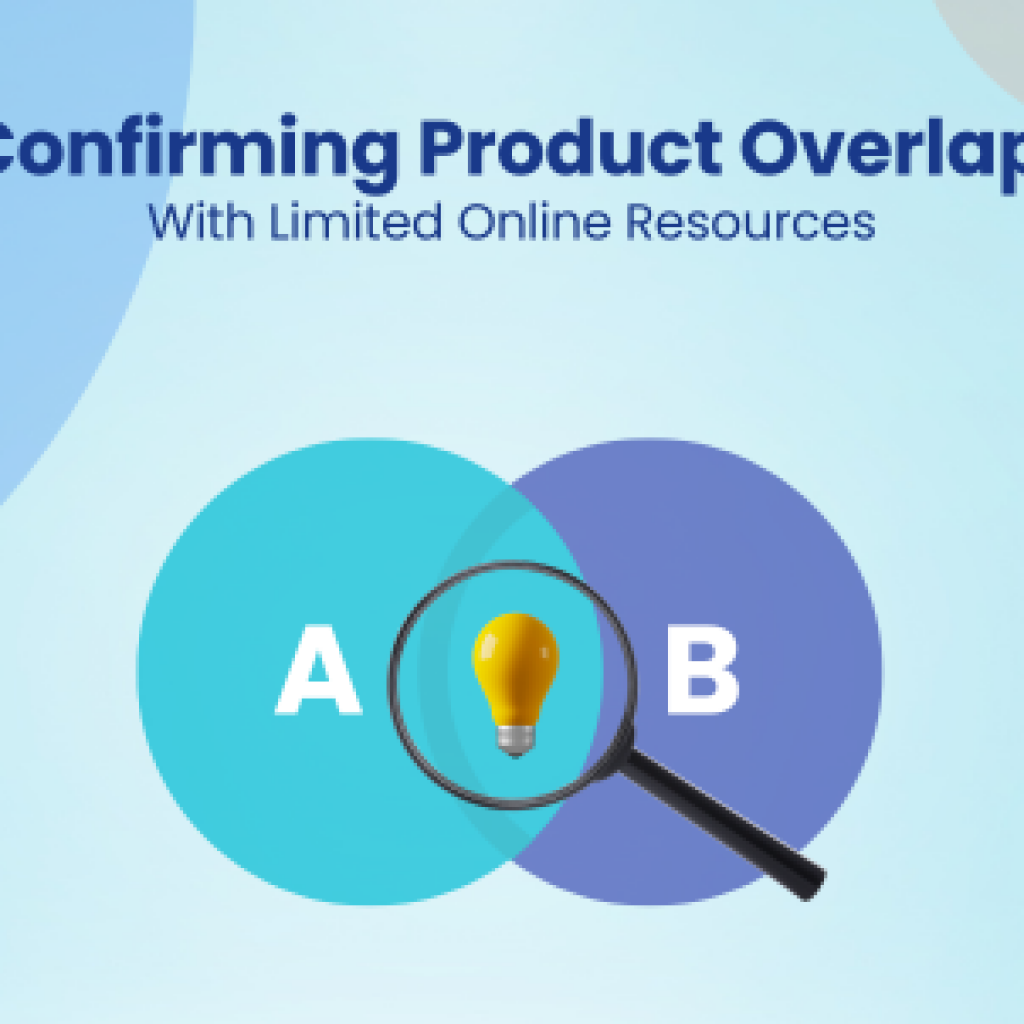The original plan was to deep dive into the last 10 years of Amazon’s patent portfolio to dissect the brain behind the Amazon think tank. Figure out its secret future projects.
Projects that can help Amazon overpass Walmart’s $559 billion in revenues and become the number 1 ranked Fortune 500 company. So we thought to write this article that can help us unravel how Amazon’s planning on doing it.
Indeed, it is a hard nut to crack for Amazon. Firstly, because Walmart has occupied the top two slots for well over two decades now. Second, Amazon needs 1.45 times its current revenues of $386 billion to reach there. But we can see it happening.
Earlier, we have talked about Amazon’s business strategy to become a top fortune 500 company. This time we found tidbits of information on Amazon’s patent strategy over the internet. This fueled our thirst to dig more. After all, who else understands patents better than us?
We stumbled on Amazon’s futuristic radical idea to blanket the earth with 3226 satellites in the coming days. A privilege! That was available until recently, to only government-backed space organizations like NASA. Our curiosity now knew no bounds.
And with that began the unraveling of Amazon’s plans. Here we go –
The Kuiper Project
The US patent 10,556,709 B1 awarded to Amazon speaks of the Energy Efficient launch System for aerial vehicles (satellites) for the Kuiper project.
The Kuiper project with low-flying satellites aims to deliver high-speed internet to even the remotest corners of the earth. Making call drops, connectivity blackouts, and video buffering things of the past.
Little did we know that the study would roll into full-blown research, wading through over 15,000+ patents to discover Amazon’s invention genius (capabilities) spread over 26 years of its existence.
Insights got engrossing as we went deeper and deeper into Amazon’s Intellectual Property portfolio.
The golden nuggets of information we found can help business executives, startup founders, and CEOs such as you benchmark their present IP strategy.
So tighten your seatbelts for the ride as we uncover the insights that the $1.7 Trillion market cap company is hiding under its hood.
The Ecommerce Giant is Masked!
To Wall Street and analysts worldwide – Amazon seems to be a number 2 ranked Fortune 500 e-commerce giant with diversified business interests.
But Jeff Bezos views Amazon as a formidable tech company that is obsessed with customer service but breathes tech and innovation as a part of its work culture.
Amazon shows clear traits of a tech company – evident from the massive pile of over 15,000 patents in diversified technological fields such as –
- Cloud computing,
- Web-management,
- Augmented reality,
- Data & information management,
- Networking technologies
- Robotics, and Machine Learning
- Logistics (autonomous vehicles)
And most recently – Amazon got patents granted for – Unmanned Aerial Vehicles & Rocket Launch Systems.
Patents are clear signals of Amazon’s R&D and innovation efforts in the tech domains.
While Amazon is primarily positioned as an e-commerce firm, its patents and R&D spending distinguish it as more a technology firm than a retailer,”.
“Given the scale, depth, and diversity of its innovative businesses, Amazon appears to be operating as a kind of hybrid e-commerce and technology firm.
– Coresight Research report.
Research & patent chart reveals the full picture below –
Amazon Patents are Diversified, Unusual, and – Different!
Unusual in the sense – that Amazon allows vendors & sellers to register from 188 countries. But when it comes to patents –
“86% of the patents are protected in the US and mostly invented only by US inventors”.
Surprising for a company that sees itself as a global player.
Class G06F, G06Q, and H04L Account for Over 90% of The Amazon Patent Portfolio
G06F class pertains to – Electric digital data processing
G06Q for – Data processing systems or methods, specially adapted for administrative, commercial, financial, managerial, supervisory, or forecasting purposes
H04L relates to – Transmission of digital information
A decade ago, Amazon’s innovations and patent filings were limited to 12 IP classes, the major being G06F, G06Q & H04L CPC classes.
That has since expanded to over 20 IP classes showing interest in CPC class A (Video gaming task/ control application) and class B (Aeroplanes & aircraft structures).
A more granular view of Amazon’s IP portfolio’s growth over the years is shown below –
Amazon has diversified into new technology areas in the past five years. This is evident from increased attention being paid to –
- H04R – loudspeakers, microphones, gramophone pick-ups or like acoustic electromechanical transducers; Deaf-aid sets; public address systems, and
- B64C – aeroplanes, helicopters
- The most recent ones are under – A63F for delegating video game tasks via a sharing service.
- B65G for Mobile sortation and delivery of multiple items.
This also shows that Amazon built IP strongholds in core operational areas before experimenting in other related fields.
The trends by new keywords in the number of published patents owned by Amazon indicate its growing focus on “head-mounted wearable devices” and machine learning (ML) models as well.
Amazon Takes Innovation & Patents Seriously
While other tech companies at some point had to drive innovation back into their business ethos.
For example, IBM had to create IBM Garage. A startup community concept new business model where IBM experts would partner with a client team to develop transformative solutions in a short timeframe.
Microsoft, too, has struggled to achieve radical innovation in the last decade!
Apple outsourced R&D and focused solely on world-class product development.
Amazon has a different locus standi –
Right from day one, it was thinking of innovation.
Amazon didn’t carry the mentality of a small company even when it had only $51,000 as its first year’s revenue.
Without worrying about the market, financials, or competitors; Amazon kept the innovation culture at full throttle.
Having achieved the impossible feat that is keeping its startup culture while scaling up, innovation is ingrained in every part of Amazon’s culture – not just the R&D arm
– Board of innovation.com
Amazon never thought of innovation as a later stage business process when they had amassed a billion dollars in revenue or acquired a large market cap company status.
You don’t have to be a large $10 billion corporation to start innovating or adopt professional tactics.
Amazon Thinks of Ideas as Assets That Ultimately Lead to More Innovation and Patents
“I could fill this whiteboard in an hour with 100 ideas.”, Bezos once boasted to an interviewer.
Bezos was correct!
Most companies tend to think – land, buildings, plants & machinery, equipment, people, and cash are their assets. But Amazon goes a step ahead to include “potent ideas” too.
Jeff Bezos yearns for futuristic ideas, unconventional concepts for leveraging technologies, all for better ways of operating. And hence, Amazon fosters a continuous stream of ideas from every level within the organization and believes that fresh ideas fuel innovation & growth.
In fact, with a streamlined patent submission process accessible to everyone, Amazon has empowered individuals to approve inventions for patenting instead of going to a high-level review committee.
Amazonians feel proud to showcase the puzzle piece-shaped transparent memento for each patent filing. And when a pending patent is approved— the puzzle piece goes from clear to blue.
A powerful memento rewards only for the inventors.
Bezos With 154 Patents, Epitomized Innovation Culture at Amazon
Amazon drives innovation from the top and the BCG report is proof of why Amazon has a large and varied IP portfolio.
90% of companies that outperform on innovation outcomes demonstrate clear c-suite ownership of the innovation agenda.
– BCG Report on Innovation.
For records – Bezos carries 154 of Amazon’s published patents to his name. As the first inventor in 35 patents and sole inventor in 11 of the 154 Amazon’s published patents.
Bezos got 139 of his 154 patents published post-2007. Whereas Amazon patent filings increased 10X in the next 7 years.
Amazon workforce viewed Bezos’ involvement as a catalyst to the innovation culture.
The company showed a sign of a high amount of creative energy flow within the organization under Jeff Bezos – spearheading & channelizing innovation.
BCG’s Most Innovative Companies 2020 survey places Amazon as one of the 8 companies that have been featured a maximum of 14 times in the list of top 50 innovative companies since 2005.
Amazon Exhibits a Proactive Patent & Innovation Strategy Supported by Acquisitions
“Companies with proactive innovation strategies to have a strong research orientation and grab first-mover advantage and be technology market leaders.
They access knowledge from a broad range of sources and take big bets/high risks”.
– Business Queensland
Amazon rightly shows the above traits.
The paper goes on to describe the following types of technological innovation used in a proactive innovation strategy –
- Radical – breakthroughs that change the nature of products and services
- Incremental – the constant technological or process changes that lead to improved performance of products and services.
Amazon believes in – “Move First, Experiment Constantly, and Fail Fast” when it comes to innovation.
How can we say that?
Well, Amazon filed in 1997 (read captured) for a 1-Click-patent as soon as it realized the importance of a simple, smooth and trustworthy checkout process.
Got the patent in its name in 1999 and is since estimated to contribute billions in annual revenues by 2011, as per the study by rejoiner.com.
Amazon moved first & fast to grab the opportunity.
Apple Inc licensed Amazon’s 1-click patent in 2000 for $1 million showing the strategic importance of having a good patent.
Both IBM (in 2007) and Microsoft (in 2010) signed a cross-licensing patent deal with Amazon to access each other’s patent portfolio covering a wide range of products and technologies.
Emphasizing the fact that – If you have a good patent under your belt then other companies will also give emphasis.
Amazon experiment’s constantly and fails fast.
Amazon allows space for failure.
BusinessInsider article of 2019 covers Amazon to be – “The best place in the world to fail.”
And Bezos wanted Amazon to be an “Invention Machine” without worrying much about the billions lost in experiments.
A great example of it is reflected in their patent activity –
Both Bezos’ personal and Amazon’s patent filings increased sharply post-2007, even after a slow start.
Amazon aspires to be a large company that’s also an inventing machine.
Bezos wants to combine the extraordinary customer-service capabilities that are enabled by size with the speed of movement, nimbleness, and risk-acceptance mentality normally associated with entrepreneurial start-ups.
In his own words, Bezos believes –
“Given a ten percent chance of a 100 times payoff, you should take that bet every time. But you’re still going to be wrong nine times out of ten.
We all know that if you swing for the fences, you’re going to strike out a lot, but you’re also going to hit some home runs. The difference between baseball and business, however, is that baseball has a truncated outcome distribution.
When you swing, no matter how well you connect with the ball, the most runs you can get are four. In business, every once in a while, when you step up to the plate, you can score 1,000 runs. This long-tailed distribution of returns is why it’s important to be bold.
Big winners pay for so many experiments.”
Let’s see this with an example – Getting on Amazon Prime Membership in 2005 for $79 when it offered customers free shipping on purchases of $25 or more.
But the customers had to wait for 1-5 days (depending on their location) for an order to arrive.
Charlie Ward pitched the idea in a digital employee suggestion box with a thought that –
“Some customers would be willing to spend more, and might even shop more often if they could be part of a buying club that offered rapid shipping”.
But the idea came with huge risks of top customers abusing the program.
“It could bankrupt the company with huge shipping costs” – argued Amazon Managers.
Analysts on the Wall Streat were skeptics of the order fulfillment costs that would hit Amazon and thought the move to be wild.
But Bezos & Amazon stood unfazed.
Today, with 200 million Prime members worldwide at an average annual spend of $1,400, the Prime Membership move proved to be a game-changer for Amazon.
In comparison to that, non-prime members only spend $600 annually.
79.8% of Internet users in the US cite – “Fast, free shipping” as a top reason for shopping at Amazon.
In the process, Amazon embraced tons of billion-dollar failures, too –
Amazon’s failed ventures and experiments include –
- Fire Phone costing over $170 million
- Amazon local & Amazon Cloud Player
- Amazon Wallet (customer-facing wallet) & Amazon WebPay
- Amazon Instant Pick & Amazon Auction
- endless.com & Askvile
Radical Breakthrough Innovation
The success of Prime Membership, AWS, and Kindle could have swayed executives of any company to stick to cloud computing and e-commerce.
A $34.2 billion revenue company in 2010 with growing sales from e-commerce would hardly have thought to foray into hardware.
But not Amazon!
By 2010, Amazon was tactically working on Fire Phone and Augmented Reality (for an Echo device).
Tactical because Amazon launched both the Fire Phone and Echo in 2014. Fire Phone failed miserably.
But Amazon Echo loaded with voice-controlled Alexa was a radical breakthrough innovation.
The Amazon Lab 126 is credited for top-notch Amazon hardware products like Kindle and Echo range of speakers.
“Amazon was pursuing a vision that goes far beyond anything that exists as a commercial product when the first patent applications were filed”.
– Bloomberg
Unimaginable for other companies – to tread outside their core business functions when everything is going well.
Bloomberg chronicles – “Amazon’s patents during the period as – pointing toward a vision of a home where virtual displays follow people around as they wander from room to room, offering a range of services in response to voice commands and physical gestures.”
Bolstering Innovation (Patent Portfolio) with Acquisition
Amazon went a step ahead by combining innovation + IP acquisition to reap long-term multifold benefits.
For example, Amazon bought two startups; Yap, and Evi, that were also in the voice response business to fast-pace the developments into Amazon Echo.
It also acquired 2lemetry, ClusterK, AppThwack, Orbeus, Cloud9 IDE, harvest.ai, do.com, Graphiq, CloudEndure, and E8 Storage to integrate with Amazon Web Services.
Below is the graph showing number of patents Purchased by Amazon Vs Owned within broad technology fields.
Look at the recent patent data and you won’t be surprised to know – Why Amazon acquired Zoox.
Here, Amazon made a very shrewd IP play in the autonomous automobile space with the acquisition of Zoox. And got hold of Zoox’s valuable patent portfolio.
The Zoox acquisition will bolster Amazon’s plans to put a fleet of autonomous taxis as well as delivery vehicles on the road.
The combined IP portfolio looks formidable for a future autonomous vehicle play.
In fact, Zoox’s acquisition catapulted Amazon into the list of top companies ranked by citation data for autonomous vehicles.
Below is a list of acquisitions made by Amazon in various tech nodes over the years.
8 acquisitions were purely done for IP access in – telematics, routing, location-based services, image analysis, animation, electronic books/ documents, search optimization, and web management.
The rest of the acquisition was solely for company resources or partly to also have access to the IP portfolio.
Amazon Patents Revolve Around Customer-centric Data
Strikingly different from what top businesses were thinking in the early 2000s.
Apple never had a research team collecting data and crunching consumer shopping behaviors to get insights for their next product or service.
Instead, Steve Jobs believed in creating “insanely great products” that consumers would fall in love with.
In contrast, Amazon believes that you can read customers’ minds through the data. It measures everything and, based on data suggestions, works backward to create a product or service customers love.
Amazon quickly realized that the website was the best place to know of customer metrics –
- Who their customers were (strata)
- What they are searching for (behavior)
- The price they are willing to pay (sensitivity)
For this, artificial intelligence is embedded in every warehouse, business unit, team, and region.
What does the data tell us about what customers might want next? – is a burning question for every Amazonian.
That fuels Amazon to build models, stimulates a large number of customer data to drive more accurate service offerings.
Amazon’s obsession with data is clear from the number of data-related patents for driving customer insights.
“Metadata” and “data store” are part of rising keywords in recently published patents.
Amazon’s Patent Prosecution is Highly Efficient With 97.26% Grant Rate
Our search for Amazon’s patent prosecution at the US Patent Office (USPTO) surfaced some interesting facts-
#1. Amazon has filed over 15,000 patent applications at the USPTO so far (excluding design and PCT applications).
#2. Amazon has an impressive 97.26% grant rate; i.e., 12764 applications have been granted. Way higher than the ~ 54% grant rate of all the patent applications filed in recent years.
#3. The application abandonment/rejection rate is a meager 2.47%. Only 299 applications have faced abandonment or rejection.
The data below is a bird’ eye view of Amazon’s pending patent applications at the US patent office.
We used our in-house intelligence tool – Slate – to perform this analysis. You can explore more about FIT here.
Currently, Amazon has 1108 patent applications pending at the USPTO. Out of that, 654 patent applications are on the right track to a smooth grant.
The rest of the 454 applications are facing high difficulty at the USPTO. They may get rejected or take longer than the average time for a grant.
We segregated all these applications into 3 categories –
- SOS – Facing High difficulty at USPTO
- At-Risk – Applications that were running smoothly but of late have started displaying high probabilities of turning into an SOS application.
- On-Track – Running smooth as butter
Below are Amazon’s patent applications pending at the USPTO for the top 4 tech categories –
The patent applications prosecution insights were extracted from our in-house tool – FIT.
FIT also suggests the types of actions Amazon or any applicant can take to help get their patent application granted smoothly.
Wanna know how FIT can help in strengthening Amazon’s (or yours) patent prosecution process? Click here.
Fill the form below to access insider information on patent filings and other related information.
*form*
Patents That Hint Amazon’s Next Big Move
The patent filing information, industry sources, and activities reveal something interesting. Amazon is working on the ultimate disruptive technology. Technology that will forever change the way people use the internet and companies conduct business.
Amazon Global Internet
Patent #10,556,709 filed on Feb 11, 2020, has the answers.
Jeff. P Bezos and his team have already made headway on an ambitious project – “The Global Internet”.
Patent #10,556,709 is for the Energy Efficient Launch System for aerial vehicles.
As a part of project Kuiper, Amazon is looking to deploy a non-geostationary satellite system. The system will provide service using certain Fixed Satellite Service (FSS) and Mobile Satellite Service (MSS).
In short – beaming the internet directly to your devices from the satellite.
Amazon is ready with a low-flying satellite system that will disrupt the present-day internet services.
Telephone lines, cell phone towers, and fiber optic cables would be outdated once the system started working.
You will get uninterrupted high-quality 4K video streaming directly to your devices wherever you are. So, this will eliminate –
- Poor signal strength
- Conversation interruptions
- Internet availability even in remote areas like hillsides and farms
- Maybe no roaming charges
- Save on high internet charges
Amazon will launch 3,236 low-flying satellites that will provide high-speed internet to every corner of the earth.
So how does the innovative global internet system gel with Amazon’s business strategy?
Strategically, it’s a genius move from Bezos to dominate the retail space.
Streaming the internet directly to your devices means an exponential increase in the customer base for Amazon.
Amazon has 310 million customers worldwide. That could spiral up to 4 billion new customers connected to the Amazon ecosystem.
“Chad Anderson, CEO of Space Angels, went on record and said this breakthrough will give Amazon 4 billion new customers”.
A clear profit motive for Amazon. “The Global Internet” would push Amazon’s market cap from $1.7 trillion to maybe $3 or $5 trillion or even higher.
Which is more than the GDP of most of the countries on earth except the United States and China.
Now, let’s move on to Amazon’s other big hit.
Futuristic Storage & Package Deliveries
- Aquatic storage facilities –
The facility enables the movement of packages in “liquid-filled environments” by density manipulation.
- Multi-level Fulfillment Centre for Unmanned Aerial Vehicles
The idea is to create an urban fulfillment centre in populated cities to overcome time loss in traffic by employing UAVs for delivering packages from the multilevel center.
- Airborne Fulfillment Centre (AFC) employing drones
AFCs in combination with UAVs to deliver packages. And shuttles (smaller airships) to replenish AFC with inventory, supplies, fuels, and ferry workers. Imagine that!
While you let your horses run wild, let’s move on to yet another plan by Amazon.
Physical Store Online Shopping Control
The tech will allow Amazon to block online price comparisons by customers, located inside an Amazon physical store.
And now comes the last but not the least one.
AR User Interface Facilitating Fulfillment
The AR-loaded goggles will help Amazon workers navigate easily large warehouses & fulfillment centers and quickly identify bins & storage compartments.
Additionally, the actionable insights from the Amazon story can help you chart your company’s innovation trajectory. So, fill the form below to get a more granular view into Amazon’s patent filings and the technology area they are working on.
Final Thoughts
Futuristic long-term innovations, customer-centric business operations, and mindful acquisitions drove Amazon to second-ranked Fortune 500 Inc.
And now, the patent analysis reveals Amazon’s preference for tech domains like Web Services, AI/ ML, Cloud computing, and Logistics. Not just that, it also reveals Amazon’s aspiration to disrupt the global internet, and fulfillment & delivery space. That could catapult Amazon to being the top-ranked Fortune 500 company.



